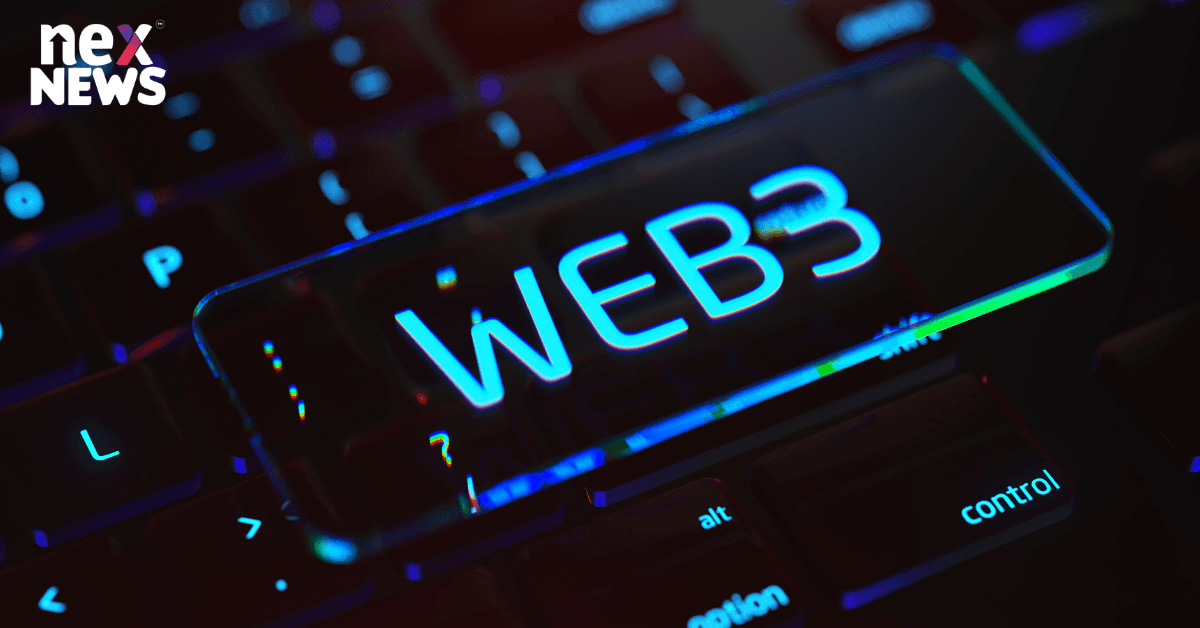Introduction
The internet has transformed the way we communicate, access information, and conduct business. However, its current state is marked by centralization, data privacy concerns, and reliance on intermediaries. In this article, we explore the concept of Web3, which aims to address these limitations by ushering in a new era of decentralization and empowering individuals. Get ready to dive into the fascinating world of Web3 and its implications for the future of the internet.
The Current State of the Internet
Centralization and its Limitations
The current internet landscape is characterized by centralization, where a few powerful entities control and mediate the flow of information and services. This centralization poses risks such as data breaches, censorship, and limited user control over personal data.
The Need for Decentralization
Decentralization is the driving force behind Web3. It seeks to distribute power, control, and ownership back to individuals, fostering a more open, transparent, and user-centric internet.
Understanding Web3
What is Web3?
Web3, also known as the decentralized web, represents a paradigm shift from the traditional centralized internet. It envisions an internet where individuals have greater control over their data, digital assets, and online interactions.
Key Features of Web3
Web3 incorporates several key features, including decentralized applications (dApps), blockchain technology, interoperability, and user-centric design. These elements work together to create a more inclusive, secure, and efficient internet ecosystem.
Decentralized Applications (dApps)
Exploring dApps
Decentralized applications, or dApps, are software applications built on decentralized networks like blockchain. These applications operate without intermediaries, offering transparency, immutability, and user ownership of data.
Benefits of dApps
dApps provide several benefits, including enhanced security, censorship resistance, and the ability for users to retain control over their personal data. They also enable new economic models through tokenization and decentralized finance.
Blockchain Technology
The Role of Blockchain in Web3
Blockchain technology plays a pivotal role in Web3 by providing a decentralized and tamper-resistant ledger. It enables secure transactions, data storage, and the execution of smart contracts.
Advantages and Challenges of Blockchain
Blockchain offers advantages such as transparency, immutability, and enhanced security. However, it also faces challenges related to scalability, energy efficiency, and user experience.
Interoperability and the Internet of Blockchains
Connecting Blockchains
Interoperability is crucial for Web3 to realize its full potential. The Internet of Blockchains aims to enable seamless communication and data exchange between different blockchain networks, fostering collaboration and innovation.
Advancing Interoperability
Several projects and protocols are working towards improving interoperability, including cross-chain bridges, interoperability standards, and layer-two solutions. These developments facilitate the exchange of assets and data across disparate blockchain platforms.
Beyond Decentralization: Web3 Innovations
Smart Contracts and Programmable Money
Smart contracts, powered by blockchain technology, allow for self-executing agreements without intermediaries. They enable programmable money and automate various processes, revolutionizing industries such as finance, supply chain, and governance.
Self-Sovereign Identity
Self-sovereign identity empowers individuals with control over their personal information. It enables users to manage their digital identities securely, facilitating trust, privacy, and seamless interaction across different platforms.
Decentralized Finance (DeFi)
Decentralized finance, or DeFi, aims to recreate traditional financial systems in a decentralized manner. It enables peer-to-peer lending, borrowing, trading, and other financial activities, providing greater accessibility and eliminating intermediaries.
Non-Fungible Tokens (NFTs)
Non-fungible tokens have gained significant attention in Web3. They represent unique digital assets, such as artwork, collectibles, and virtual real estate, providing verifiable ownership and new opportunities for creators and collectors.
The Impact of Web3 on Society
Democratization of Access
Web3 has the potential to democratize access to information, services, and financial opportunities. It can empower individuals in underserved regions, foster financial inclusion, and reduce barriers to entry.
Trust and Transparency
Through the use of blockchain technology, Web3 promotes trust and transparency. It enables verifiable transactions, auditability of data, and the ability to trace the origins of digital assets, enhancing accountability and reducing fraud.
New Economic Models
Web3 introduces new economic models, such as tokenization and decentralized governance. It allows users to participate in network decision-making and incentivizes contributions, creating novel ways to value and distribute resources.
Challenges and Considerations
Scalability and Energy Efficiency
Scalability remains a challenge for blockchain technology. As Web3 evolves, solutions like sharding, layer-two protocols, and advancements in consensus mechanisms aim to address scalability concerns. Energy efficiency also requires attention to minimize the environmental impact of blockchain networks.
User Experience and Adoption
For Web3 to achieve widespread adoption, user experience plays a crucial role. Improvements in wallet usability, transaction speed, and intuitive interfaces are necessary to provide a seamless and user-friendly experience.
Regulatory and Legal Implications
Web3's decentralized nature poses challenges in terms of regulations and legal frameworks. Governments and regulatory bodies need to adapt to the evolving technology landscape while balancing innovation and consumer protection.
The Future of the Internet with Web3
Web3 represents an exciting vision for the future of the internet, promising a more inclusive, transparent, and user-centric digital ecosystem. As Web3 continues to evolve, we can anticipate advancements in technology, new use cases, and a fundamental shift in how we interact with the internet.
Conclusion
Web3 is poised to revolutionize the internet by embracing decentralization, enabling user ownership, and fostering trust and transparency. With innovations like dApps, blockchain technology, and interoperability, Web3 opens up endless possibilities for individuals, businesses, and society as a whole. As we embark on this transformative journey, it's crucial to address challenges, ensure user-centric design, and collaborate towards a more decentralized and equitable internet.


POST A COMMENT (0)
All Comments (0)
Replies (0)